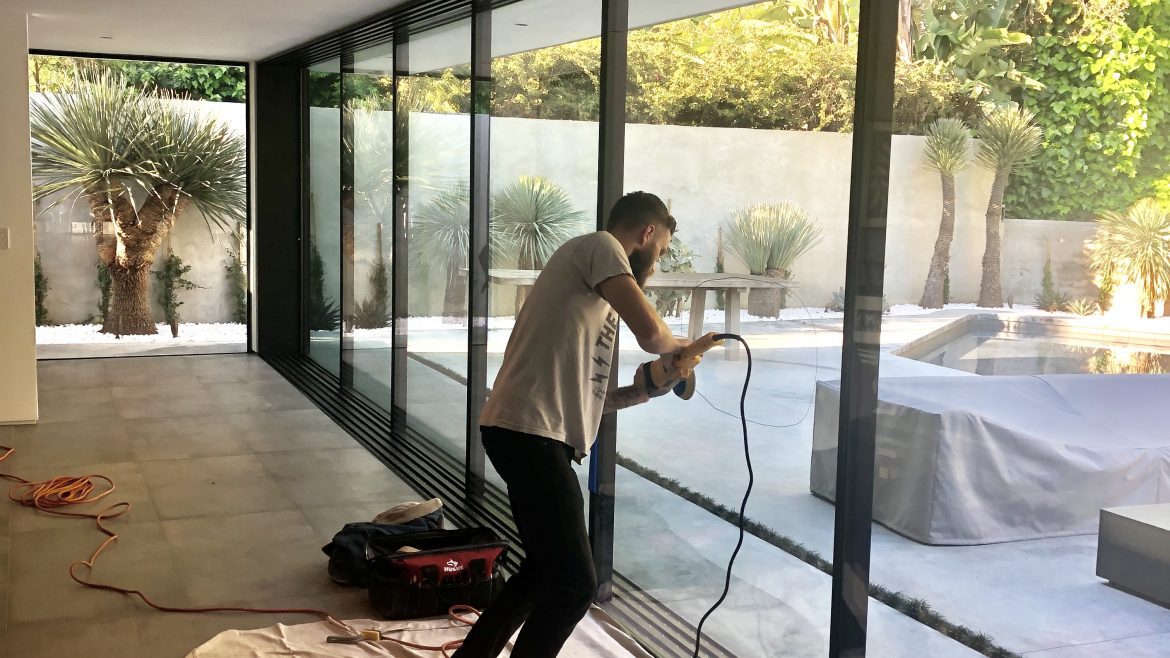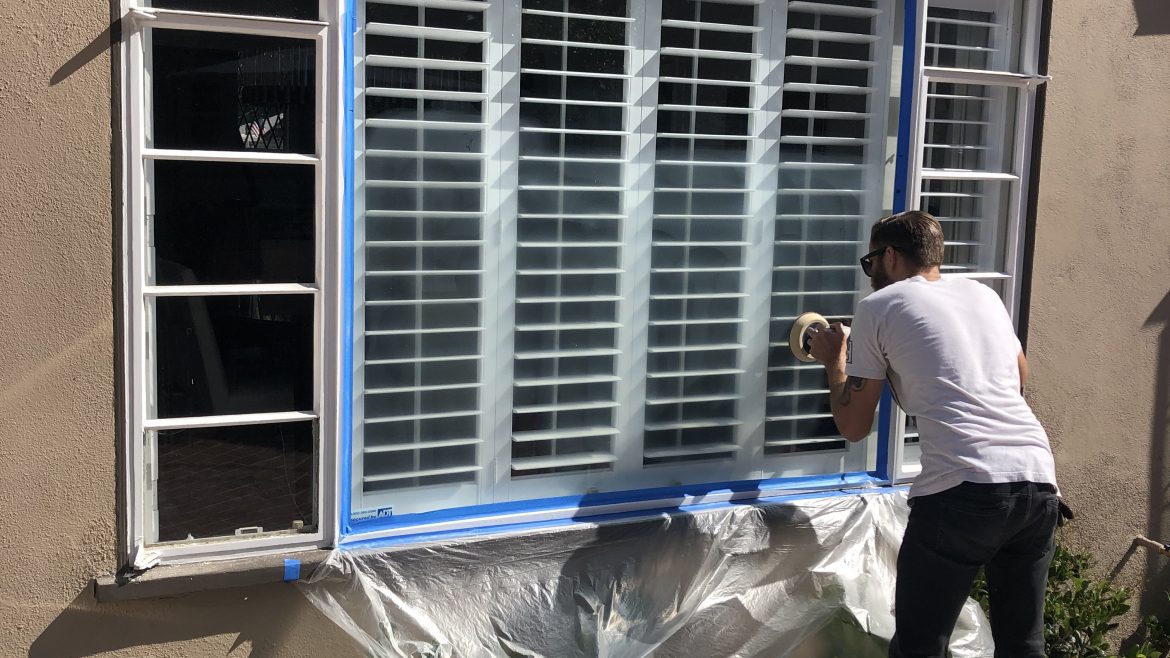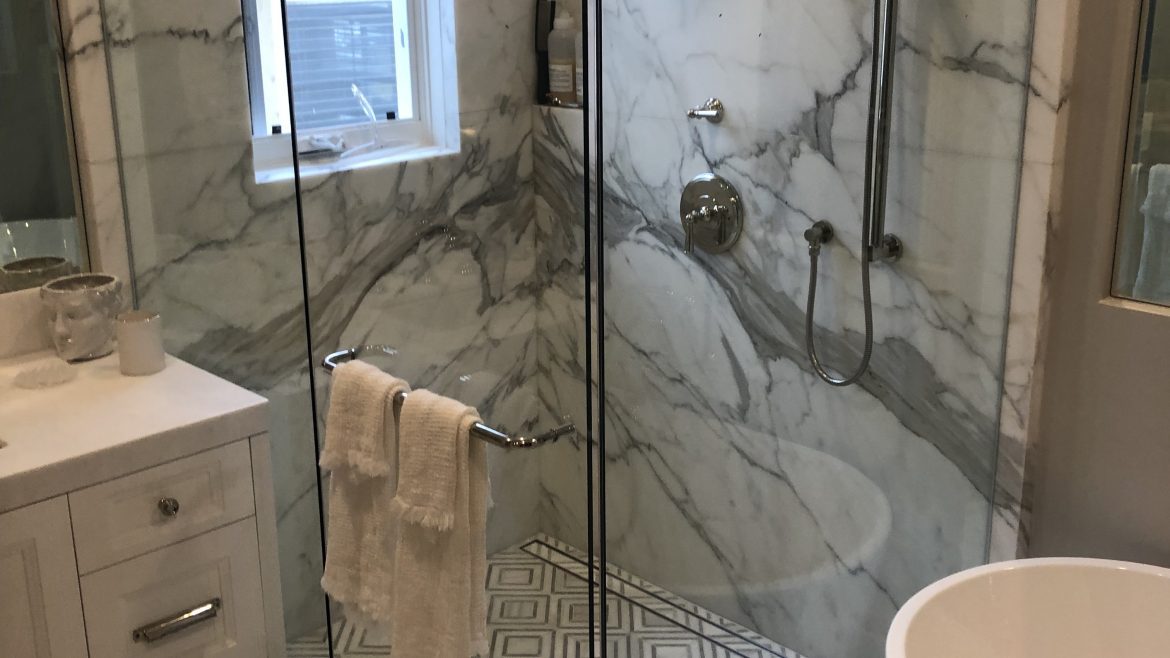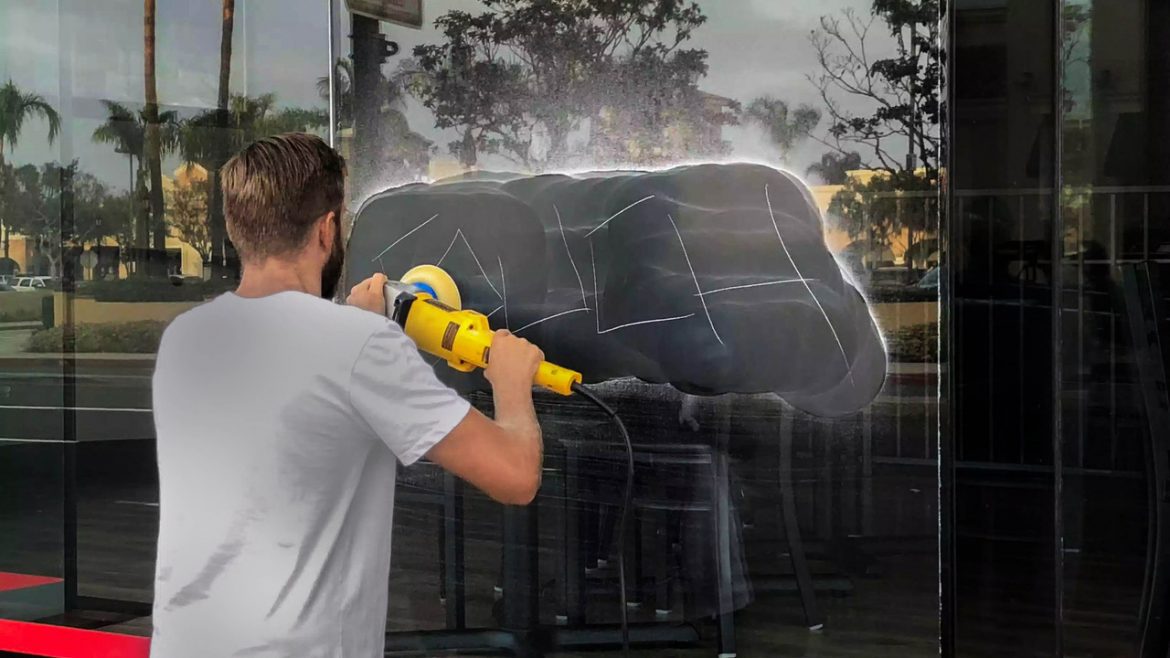How To Deep Clean Your Windshield?
A perfectly cleaned windshield will always appear great. This following write-up will underline steps to restore your windscreen to its factory-finish look if normal cleaning products aren’t working right.
For thorough cleaning of your windshield, look for these 3 basic steps as crucial –
- You can use regular glass cleaner to clean your windshield.
- To maintain a clear and protected windscreen, you need to apply rain-repellent.
- For deep cleaning of the surface, you can clean it with 0000 grit steel wool, glass polish, or a professional glass remover to do the task.
Basic Steps For Deep Cleaning of Your Windshield
Here are some important steps to give your windshield a perfectly cleaned look –
Step 1: Before cleaning your windshield, you need to get it prepared right. When deep cleaning, make sure to remove any sand or grit that could scratch your glass. Spray the glass liberally with your favorite glass cleaner, then use a microfiber cloth to gently wipe it in a side-to-side motion. And you need to continue until the cloth stops becoming soiled.
Step 2: It’s time to deep clean and get rid of the toughest grime. To get rid of pollutants (such as – sap, tar, or bug guts), you need specialist equipment. And so, glass polish, a commercial glass stripper, and advanced steel wool are just all suitable alternatives. Once the entire windshield has been stripped to its factory-finish look, you need to work on one small part at a time.
Step 3: The last step is to spray on some repellent ahead of starting your car. The majority of manufacturers will advise you to spray evenly across the entire windshield and wipe it off with a microfiber cloth. But, the directions will vary as per your preference for hydrophobic coating.
When Should Your Windshield Be Deep Cleaned?
The answer is a simple sentence is – whenever a normal glass cleaner is unable to properly clean your windshield. You should prepare to deep clean your car rather frequently if you drive a lot, keep it in a dirty climate, or don’t use any windshield protection coatings as well. The more you drive, the dirtier your windshield becomes. In addition to that, where you park your vehicle is also important to ensure your car is protected.
You also need to avoid insects, dust, tar, ice, and many other contaminants on the road as they can quickly stick to your windshield. Depending on your climate, you might deal with the same issues year-round and there are even so many things you can do if you drive frequently. Reducing your exposure to these sources of filth can reduce how frequently your windshield needs to be thoroughly cleaned.
Fortunately, it’s simple to safeguard your windshield and lessen how often it needs to be cleaned. You need to apply a rain-repellent coating on your windscreen to achieve this. This makes it easier for water to drain off and stops numerous pollutants from adhering to your glass. Driving is significantly more visible because of the hydrophobic coating, which also prevents substances like wax, bug guts, or tar from adhering to the surface of your glass.
As a result, you end up doing deeper cleaning less frequently, which ultimately saves you time. The following two things happen when you give your glass a rain-repellent coating –
- helps your glass shed water effectively,
- stops gunk from quickly building up;
The major reason you need to apply a coating to your glass is to make water run off quickly. And when your windshield is thoroughly cleaned, all contaminants (including wax, tar, residue, sap, soap scum, grime, and others) that are resting on the surface are removed. Your glass ought to be flawless after getting a thorough cleaning.
To keep a crystal-clear windshield isn’t only great, but it’s also crucial to ensure your safety and the protection of others around you. Every windshield can benefit from a concentrated deep clean to eliminate built-up grime after many miles of traveling. Also, cleaning a windshield doesn’t always involve much thought as the steps are simple and offer several advantages. You need to consider giving your glass a deep clean if it no longer looks its best.
Now that you are in search of a professional to get a perfectly cleaned windshield, you need to look for Glass Polish Service for the best help. Our latest techniques for glass restoration are unique and well-equipped to provide exact solutions to clients within their budgets. It’s 100% safe for your glass, mainly offered to restore your windshield to its original finish, and simple to apply. To find out more about our glass restoration solutions, you can simply contact us at 949-232-7533 today!





